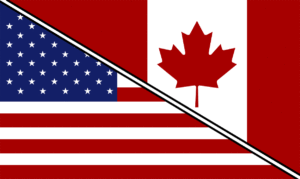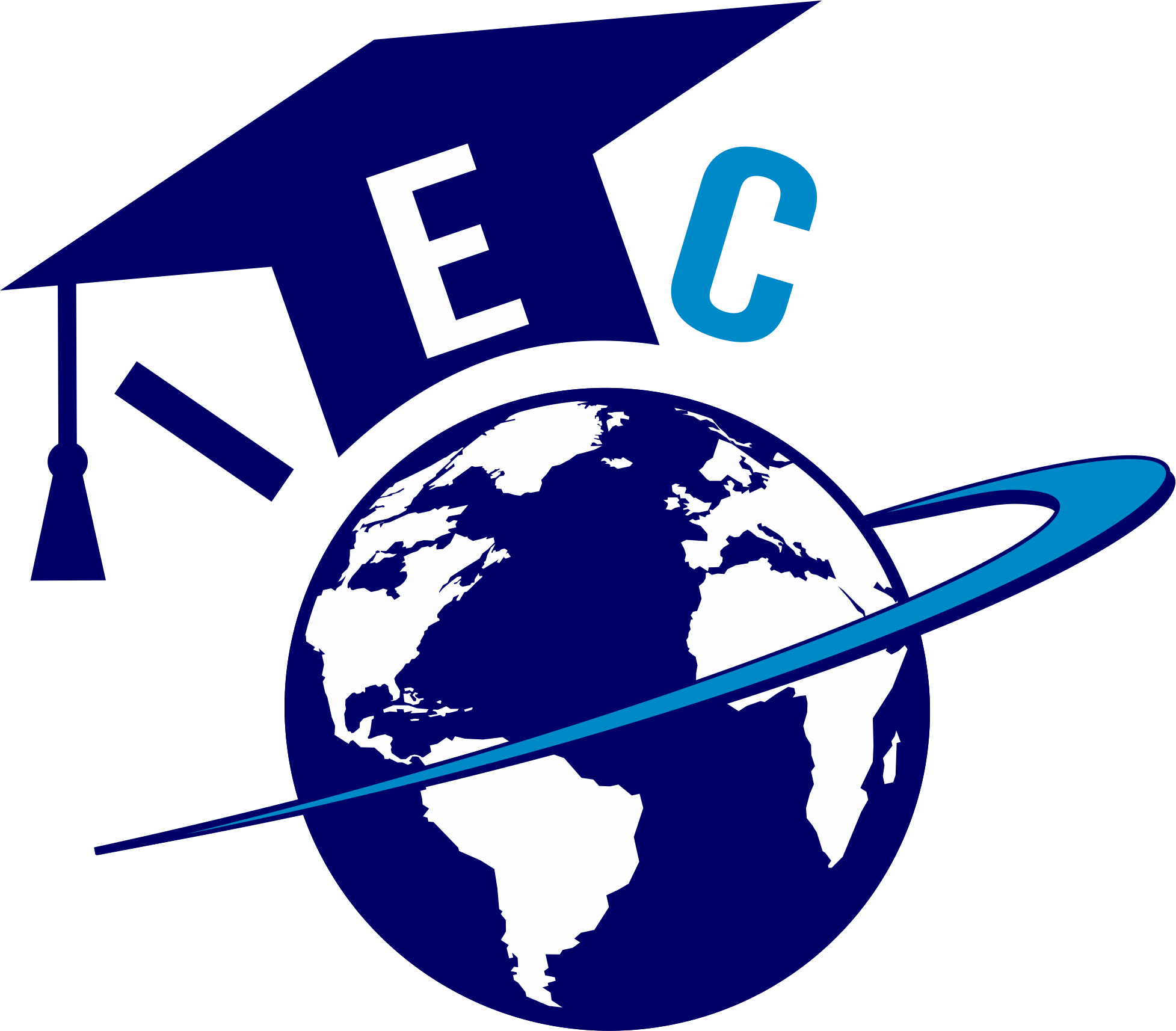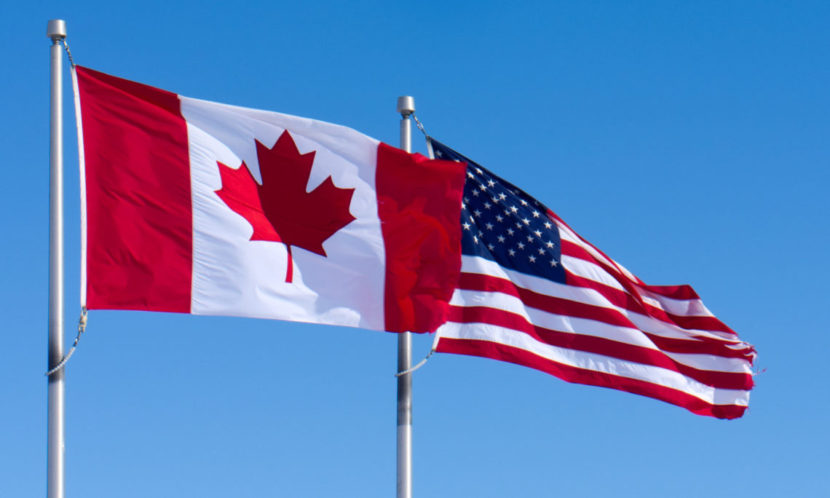Flagpoling Work Permit Canada

Flagpoling Work Permit Canada
How to extend a visa in Canada if staying just as a visitor? Is it real? What should be done? How to get a work permit? People come up with these and similar types of questions when they come to the country and get to know Canada. Any person in Canada with the aim of altering his visa status has few choices since it is, in theory, a change in the initial intention of visiting Canada as a tourist. There are several choices available to a person who does not wish to leave the country to change their status. It's crucial to realize that immigration officials have a limited number of alternatives when it comes to issuing work permits, and they must always act within their jurisdiction. Applying for sponsorship inside Canada, getting refugee protection, and obtaining a work visa after graduation is the only alternatives. All of the other options are connected to the ability to exit the country by going to the border and passing the flag-pole process, which allows individuals to depart and re-enter without actually entering the United States since Canada has no other border. This article will explain what flagpoling work permit means and how to get it.
There are some special advantages of flagpoling. Some persons in Canada may need to renew or modify their immigration status. Travelling outside of Canada, on the other hand, is expensive. They could also be ineligible to apply from within the country. When a foreign person who is already in Canada departs and returns to the state without crossing the border of the United States, the term "flagpoling" is used. They could do this to get a new temporary resident status, such as a renewed study or work visa, or to finish the PR process. Temporary Resident Visa holders often apply online or on paper, although the procedure might take weeks or months to receive a response. The individuals frequently lack this time, and if they travel to a border, they may be inspected instantly. Flagpoling is an alternative option to apply to Immigration, Refugees and Citizenship Canada, where processing time might be rather faster than online application. Applicants who come to the Canadian Port of Entry are often processed in less than 30 minutes through flagpoling. When a foreign person is seeking to get a work permit, this is especially beneficial because the processing periods online under COVID-19 are lengthy, and services take the urgent cases first.
Usually, study and work permit holders who want to renew their documents use flagpoling. Also, an individual can extend his staying in Canada or update the Permanent Residence Status. The Canadian government has introduced some facilitative measures for temporary employees with different purposes that should be checked as well.
Flagpoling work permit
The first group of people who can use the option of flagpoling are the citizens of visa-exempt countries. A human being who is going to apply at the port of entry must hold an electronic travel authorization (eTA) or any other documents that verify an individual does not need a visa. ETA is connected to a traveller's passport and is valid for five years until a passport runs out. If a person obtains a new one, he must also obtain a new eTA. A human being with a valid eTA can visit Canada as many times as they wish for short stays (but staying for no more than 6 months at a time).
Also, when flagpoling, applicants must understand which type of permit they claim is either open or employer-specific. Based on the requirements of the permit, they should prepare a list of documents. For employer-specific work permits, a human being will need his or her identity card or driving license (1). The next document is LMIA or the evidence that a person is exempt from the labour market assessment (2). LMIA is provided by the employer, this letter confirms that a human being is an indispensable candidate for the job position. The employment offer is a must as well (3). Besides the contract or the offer, an applicant must provide the officer on the border with the detailed information of the hiring party (4). If an individual shows an LMIA, then it is also necessary to enclose the CV of the candidate and the documents that would approve the job skills necessary for the work mentioned in the offer (5). All of the foreign nationals must have no criminal records and the evidence of that must be submitted as well (6). If the job requires some medical examination, then it must be done and the results of it should be shown to the officer while flagpoling (7). In addition, it would be good to have two immigration photos and another document that can confirm identity. Please note that the option of work permit application on the border is available only to those people who have legal rights to stay in Canada.

Flagpoling and an implied status
People with the implied status can use the option of flagpoling. If a human being applied for an extension of his work permit or change of status in Canada before his stay has expired, it means he has an implied status. If the officer is unable to validate the application in the Global Case Management System (GCMS), it is strongly advised that they obtain confirmation that an application was made. Therefore, a candidate must bring the confirmation of extension application, payment receipt and any other papers that can support the evidence of the implied status.
If a temporary resident's allowed stay has been extended and they leave Canada, they may be allowed to re-enter as a temporary resident waiting for a decision on whether to prolong their study permit or work permit in Canada or request a new work or study permit at the port of entry, if eligible. If the applicant's updated study or work permit has not been obtained by the time they return to Canada, they will be unable to work or study until their renewal application has been approved. Those who are unable to return to work must demonstrate to a border services officer that they have adequate financial resources and that they will not study or work without permission.
Flagpoling and family members
Family members who accompany you may be eligible for a Visitor Record or an open work permit. If visitors want to prolong their stay or change their status (for instance, from an international student or worker to a guest), they must apply at least 30 days before their existing visa expires. Of course, the permissions are contingent on the applicant's relationship with him and the period of his work permit. A standard visitor record permits a family member to accompany a candidate while he or she is working in Canada. Minor children, on the other hand, do not require study permission to go to school in Canada. A person, on the contrary, must have a valid work visa and a valid Visitor Record. If an open work visa is granted, a spouse or common-law partner may also work.
Flagpoling and medical examination
There is a high probability that individuals will need to provide biometrics at the port of entry unless they are U.S. citizens. Biometrics are not free of charge, so the applicants must be ready to pay for each family member.
Some of the applicants may need to get a medical examination. It is necessary for individuals who are intending to work in close contact with other people and the agricultural workers who lived in the countries from the list. An individual must find a panel physician who would report to the government and only officers will decide on a human being’s eligibility. The list of doctors is available on the Canadian government website.
A person will need to provide his or her ID, contact lenses if the one is wearing them, any test or medical results that would provide any information about the disease history of the applicant. Also, a candidate will have to pay for the services of a medical examination.
A human being can choose when to pass a medical examination before or after the submission of an application. However, if one is going to a flagpole, it is preferable to have an examination done.
Another vital point is the awareness of COVID-19 regulations. All visitors, regardless of citizenship, can enter Canada if they are completely vaccinated. Canadians are always free to visit the country, but if they are not completely vaccinated, they will be subjected to testing and enforced quarantine.
Please be aware that adjustments are being examined that would alleviate strains on Canadian and US border officers, bridge and tunnel operators at the land border caused by the practice of flagpoling, which involves foreign persons exiting and re-entering Canada to seek immigration services. In most situations, these services are available in Canada through other means. Individuals crossing the border for commerce or tourism will face longer border processing procedures as a result of this rise in the number of travelers.
If you need help and assistance with Flagpoling Work Permit in Canada, please contact us directly.

